Tactical Analysis in Football: Understanding & Deploying
In the fast-paced and constantly evolving arena of modern football, the significance of tactical analysis is paramount. This systematic approach enables coaches and teams to dissect and understand every facet of their performance as well as that of their opponents. By leveraging data-driven insights, tactical analysis facilitates informed decision-making, ensuring that strategies are both adaptive and precisely tailored to counter specific challenges posed by opponents.
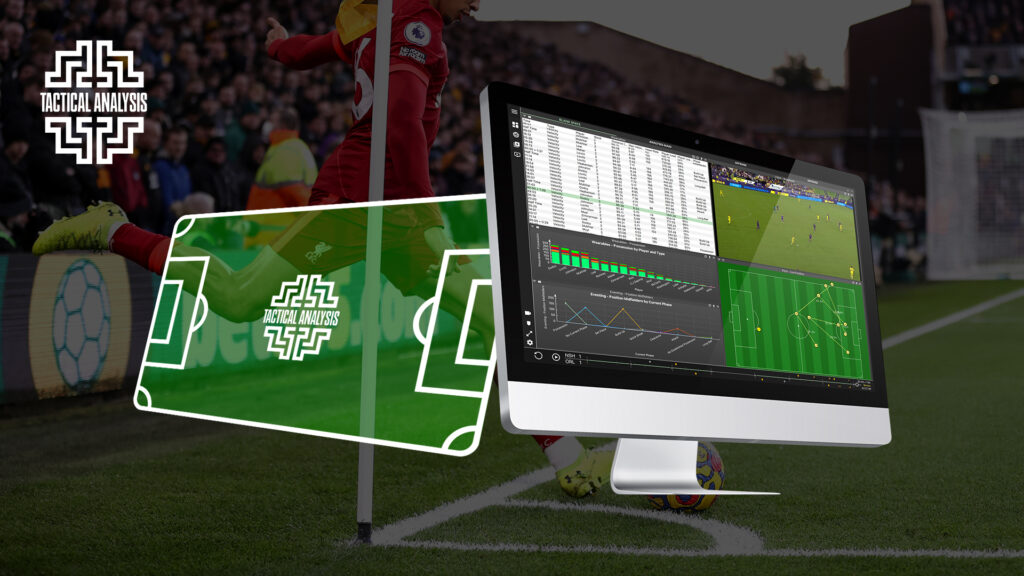
Strategic planning and tactical analysis form the backbone of success in competitive football. They empower teams to optimise formations, fine-tune player roles, and exploit the opposition’s vulnerabilities. This level of detailed scrutiny extends beyond mere observation, transforming raw data into actionable intelligence. The result? Enhanced team performance, improved player development, and a greater likelihood of securing victories.
For a deeper dive into how top-tier teams are utilising tactical analysis to revolutionise their gameplay, visit our Tactical Analysis Video Series. Explore first-hand accounts and expert breakdowns that reveal the profound impact of strategic planning and sophisticated analytical tools in football today.
- Fundamentals of Tactical Analysis
- Performance Analysis vs Tactical Analysis
- Importance of Video & Tactical Analysis Software
- Positional Play & Formations
- Individual Player Analysis
- Tactical Trends in Football
- Case Studies: Tactical Approaches
- Pro Video for Tactical Analysis
- Conclusion
Fundamentals of Tactical Analysis
Tactical analysis in football is the comprehensive study of game strategies through the observation and breakdown of match footage, player statistics, and real-time data acquisition.
This analytical approach provides a nuanced understanding of both individual and team behaviours, strategic deployments, and in-game dynamics. By meticulously examining various aspects of play, tactical analysis uncovers patterns and tendencies that are not immediately apparent to the naked eye, enabling coaches to tailor their strategies with a higher degree of precision.
Understanding the Game
At its core, tactical analysis in football involves a deep dive into the game’s fundamental aspects: player movements, formation efficacy, ball possession, transitions between defence and offence, and set-piece effectiveness.
Understanding these elements is crucial for developing a robust tactical plan that enhances a team’s strengths and mitigates its weaknesses.

A profound comprehension of football fundamentals through tactical analysis serves as a solid foundation for any successful team strategy. It empowers coaches and analysts to make informed decisions that can significantly alter the outcome of a match. By systematically studying opponent tactics and team performances, analysts can provide actionable insights that lead to more adaptive and strategic gameplay, ultimately aiming to outmanoeuvre the opposition on the pitch.
Performance Analysis vs Tactical Analysis
Performance vs Tactical
In the world of football analytics, the terms “performance analysis” and “tactical analysis” are often used interchangeably, yet they focus on subtly different aspects of the game.
Performance analysis of the physical outputs and actions of players during a match, measuring factors such as speed, distance covered, and physiological data. It aims to evaluate individual and team physical performances to optimise player fitness and effectiveness over time.
On the other hand, tactical analysis delves deeper into the strategic elements of the game. It evaluates how a team executes game plans, maintains formations, responds to opposition movements, and utilises space and timing. Tactical analysis is crucial for understanding how the strategies employed by a team lead to success or failure on the pitch.
To gain insights from experts and see practical applications of these analyses in action, watch Luton Town’s use of video analysis across their sports teams here.
For those seeking more comprehensive knowledge, our Tactical Analysis Video Series offers an in-depth exploration of optimising opponent analysis using MatchTracker. This gated series provides valuable content, including:
- Mapping on-field chemistry among players.
- Decoding defensive actions and optimising chance analysis.
- Analyzing opponent formations and tactical setups through eventing and tracking data.
Dive into our Tactical Analysis Video Series to master opponent analysis with MatchTracker. Learn how to decode tactical setups and enhance your game strategy across four detailed modules focusing on player connections, ball progression phases, defensive actions, and optimizing chances for success.
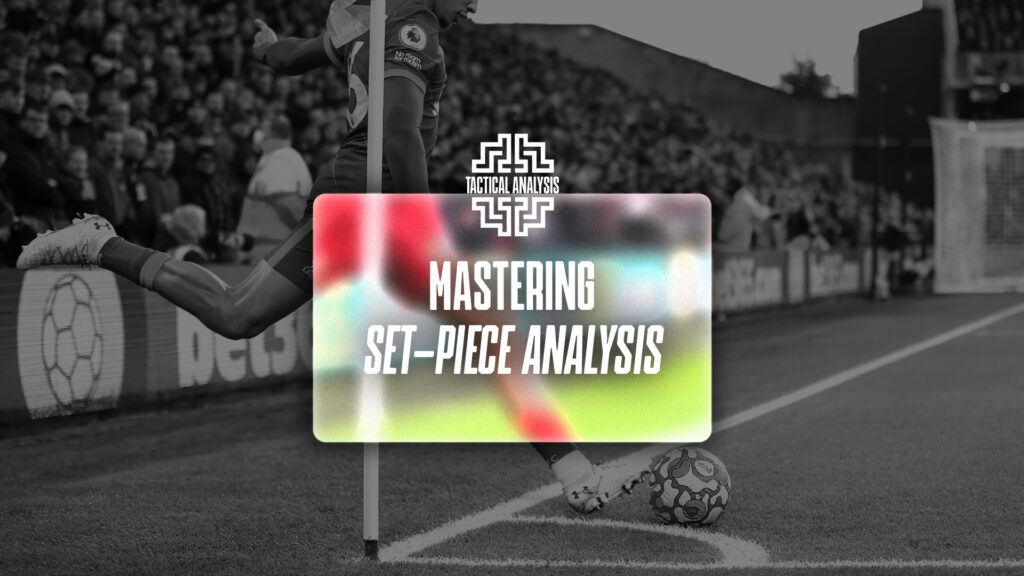
Importance of Video & Tactical Analysis Software
Video analysis in football is a crucial tool that allows coaches, analysts, and players to study gameplay in meticulous detail. By recording and reviewing every moment of a match, teams can break down tactics, formations, and individual performances. This data-rich approach offers a visual and statistical review that is pivotal for making informed decisions and shaping future strategies.
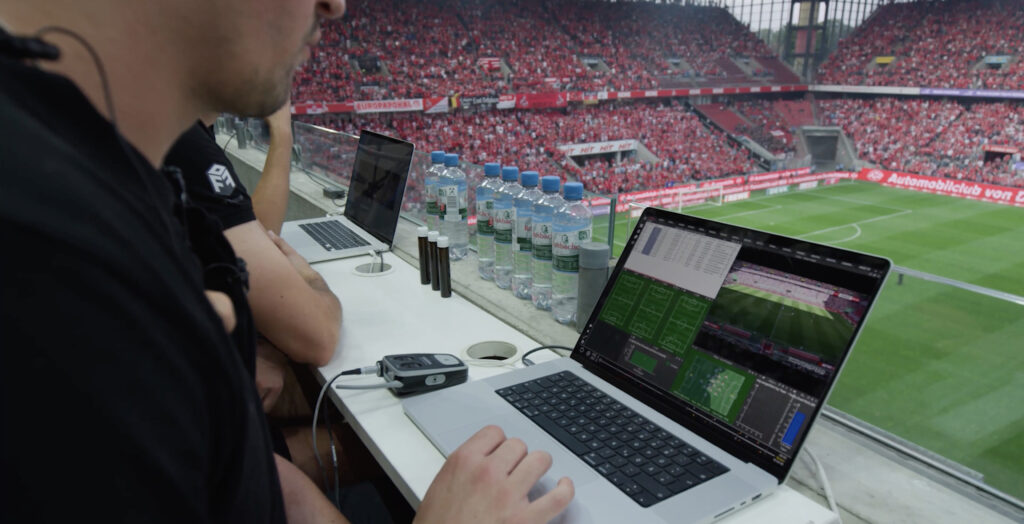
The Eyes in the Sky: Video Technology in Football
Video technology serves as the “eyes in the sky,” providing a bird’s-eye view that captures nuances and dynamics of the game otherwise missed at ground level. This comprehensive perspective is invaluable in dissecting team performances and understanding the effectiveness of various tactics employed during matches.
Coaches and players leverage this technology to gain a deeper understanding of their own team’s dynamics as well as to scout opponents. Through detailed video analysis, teams can identify patterns, strengths, weaknesses, and potential opportunities for tactical adjustments. This insight allows coaches to tailor training sessions that address specific areas needing improvement and to devise game plans that exploit opponents’ vulnerabilities.
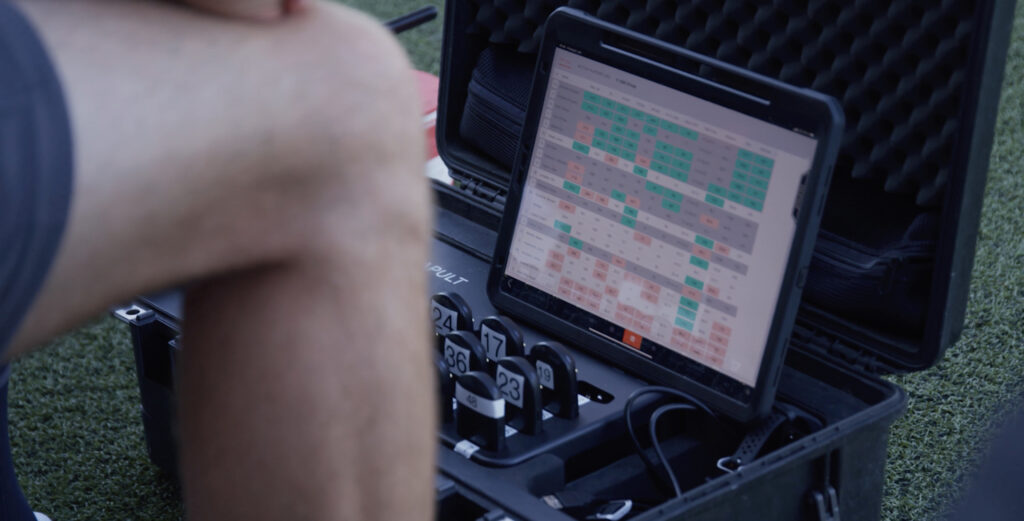
Moreover, video analysis fosters a more collaborative environment where players can visually comprehend the tactical advice and feedback provided by coaches, enhancing their understanding of their roles and responsibilities within the team’s strategic framework. This level of detailed analysis is not just about correcting errors, but also about reinforcing successful patterns and strategies that lead to winning outcomes.
Positional Play and Formations
Positional play and formations are foundational elements in football that dictate how a team structures itself both in attack and defence. Common formations like the 4-4-2, 3-5-2, or 4-3-3 offer varying balances of defensive solidity, midfield control, and attacking prowess. Each formation is designed to exploit different aspects of team strength while mitigating weaknesses, depending on the tactical approach and the opponents faced.

Chess on Grass: Formations and Player Positioning
The strategic deployment of players within these formations can be likened to a game of chess on grass. Just as in chess, where the positioning of each piece is crucial to the game’s outcome, in football, the placement of players in strategic formations significantly influences the match dynamics. Tactical analysis of formations and player positioning allows coaches to orchestrate precise movements, create spatial advantages, and deploy players in roles that maximise their strengths.
Different formations impact the dynamics of a football match by altering how a team defends, transitions, and attacks. For instance, a 4-4-2 formation might provide a solid defensive structure with two banks of four and the potential for quick counter-attacks through its two strikers. In contrast, a 4-3-3 formation may offer greater width and more offensive options, facilitating high pressing and possession-based play.
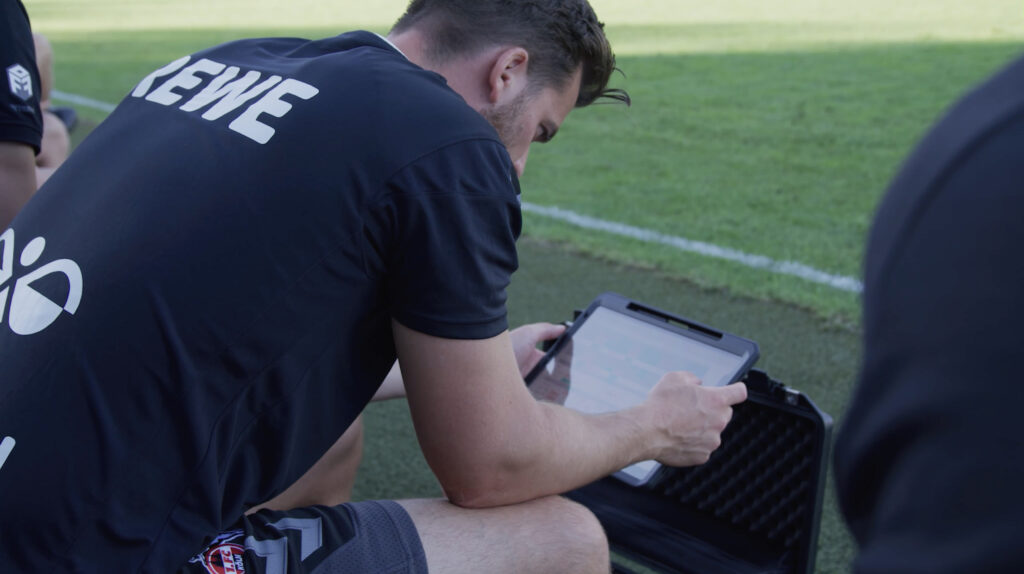
Understanding these nuances allows coaches to adapt their strategies in real time, switching formations to respond to the flow of the match or to exploit the opponent’s vulnerabilities. This level of tactical flexibility is crucial in modern football, where the ability to adjust and react can often be the difference between winning and losing. Analyzing player positioning within these formations also highlights individual contributions and how well players adapt to tactical instructions, which is essential for team coherence and executing game plans effectively.
Individual Player Analysis
Individual player analysis is the detailed assessment of a player’s performances, skills, and attributes within the context of a team’s overall strategy. This process involves examining aspects such as technical abilities, decision-making, physical condition, and psychological factors. By focusing on each player, coaches can tailor training, enhance player development, and optimise their roles according to the team’s tactical needs.

Beyond the Team to Individuals
In tactical planning, the role of individual player analysis is pivotal. It provides a granular perspective that complements the broader team strategy. Understanding the unique strengths and weaknesses of each player allows coaches to assign roles that maximise individual potential and address specific team requirements. For instance, a player with exceptional speed and dribbling skills might be crucial in exploiting the weaknesses of slower opponents, while a player with superior aerial ability could be key in set-piece situations.
This detailed analysis helps in crafting strategies that are not only suited to the team as a whole but also customised to enhance the effectiveness of individual players. For example, knowing a midfielder’s range of passing and vision can influence how a team constructs its attacking play, potentially centralising the build-up play around this player to make the most of their abilities.
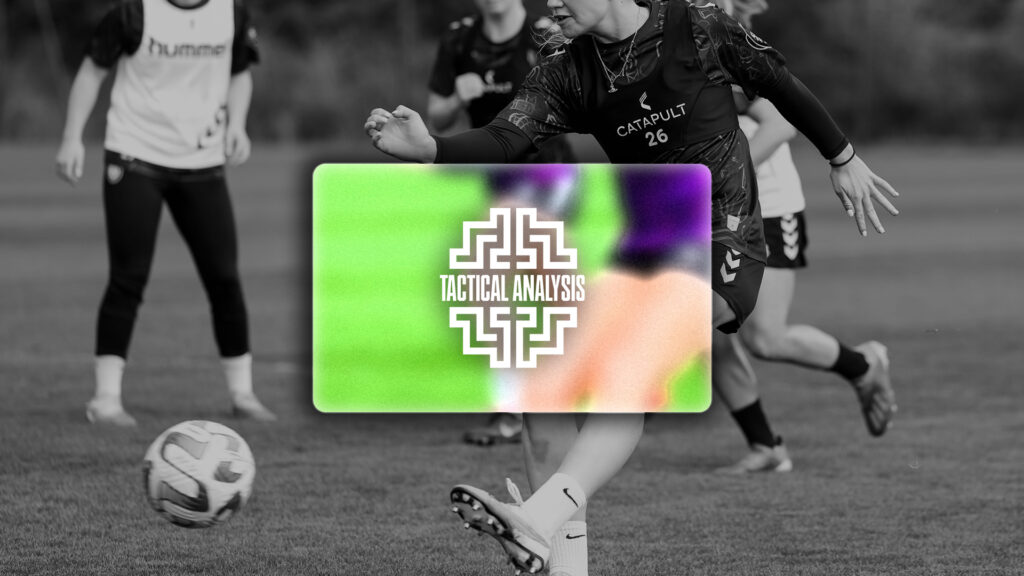
Moreover, understanding individual capabilities allows coaches to make informed decisions during matches, such as substitutions and tactical shifts, to counter specific threats or exploit opportunities. It also aids in long-term player development, as targeted feedback and specific training regimens can be implemented to improve particular areas of a player’s game.
In essence, individual player analysis is crucial for a holistic tactical approach, ensuring that each player’s contributions are optimised for the team’s success, thereby enhancing the overall strategic execution on the pitch.
Tactical Trends in Modern Football
In the rapidly evolving landscape of modern football, tactical trends and innovations are continually reshaping how the game is played and analysed. As the sport becomes more data-driven, teams are increasingly adopting sophisticated methods of tactical analysis to gain competitive edges.
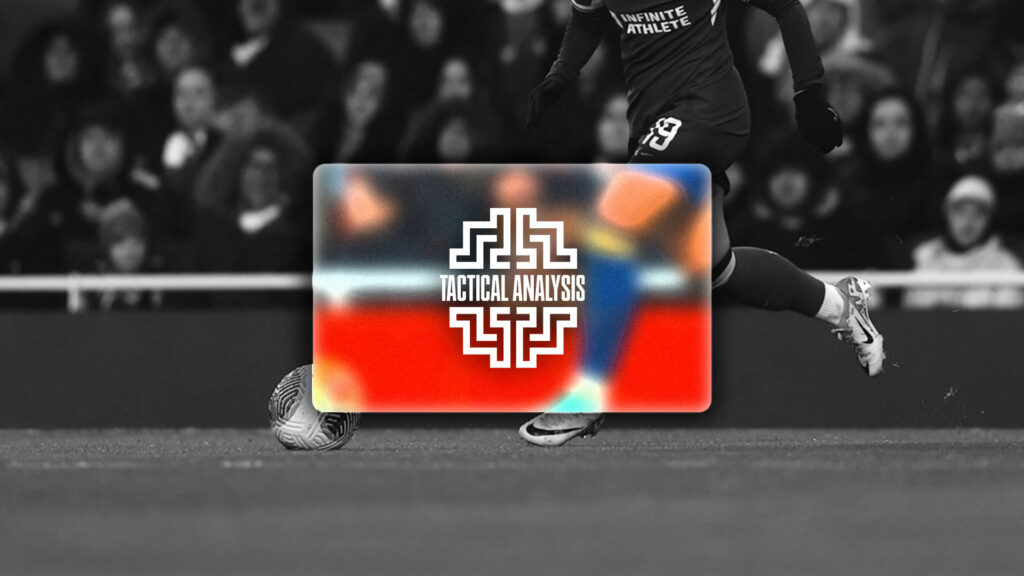
Exploring Current Trends and Innovations
One of the prominent trends in today’s football is the use of high-pressing tactics. Teams like Liverpool and Manchester City have successfully employed high-press systems to dominate possession and control games. This strategy requires meticulous planning and player discipline, as it involves applying intense pressure on opponents in their half to force errors and regain possession quickly.
Another significant trend is the focus on fluid attacking roles. Gone are the days of rigid formations; modern tactics favour versatility, with players switching positions and roles dynamically throughout a match. This fluidity makes teams less predictable and more difficult to defend against, as exemplified by teams like Bayern Munich and Real Madrid.
The integration of advanced analytics and biometric data into tactical planning is also a growing trend. Teams use metrics such as player load, sprint speeds, and heat maps to tailor fitness programs and game strategies. This data-driven approach allows for more personalised training methods that aim to maximise player performance and minimise injury risks.

Adapting to New Tactics to Stay Ahead
To stay ahead of the competition, teams must continually adapt to these evolving tactics. This adaptation involves not only embracing new analytical technologies but also fostering a culture of learning and innovation within the squad. Coaches and analysts play crucial roles in this, constantly studying emerging trends and integrating them into their tactical approaches.
For example, the use of set-piece specialists has become more common as teams look to exploit every possible advantage. Specialists in corners, free-kicks, and penalties can significantly influence the outcome of matches, leading to more structured and strategic set-piece training sessions.
Moreover, the increasing use of tactical analysis software and video feedback systems enables teams to quickly assess their performance and adjust their tactics between games and even during matches. This rapid iteration and refinement of strategies are vital in a sport where marginal gains can determine the success of entire seasons.
As football continues to evolve, the teams that can best integrate these trends and innovations into their strategic arsenal will likely be the ones leading the charge in both domestic and international competitions.
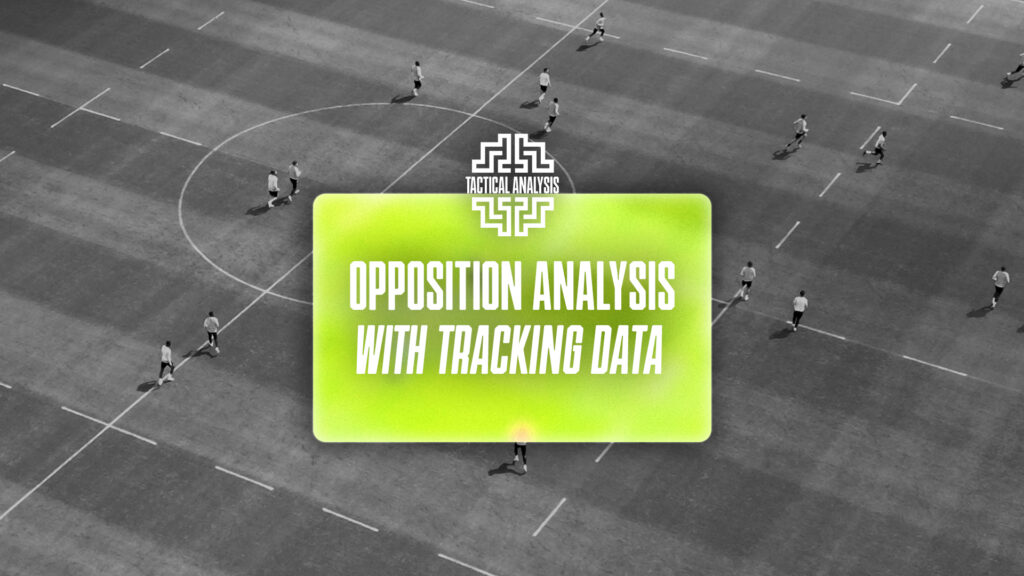
Case Studies of Successful Tactical Approaches
In the realm of competitive sports, especially football, the integration of advanced tactical approaches can significantly enhance team performance and strategic outcomes. Through a series of case studies and insights from Catapult’s webinars and materials, we can see the real-world applications and benefits of sophisticated tactical analysis.
Webinar Highlights and Tactical Innovations
One notable case study is presented in our webinar, “Automating Athlete Data for 95% Faster Workflows,” which explores how teams can streamline their analysis processes by integrating athlete data with video. This approach not only saves time but also enhances the accuracy and depth of tactical analysis. Adam Chovan, Catapult’s Senior Product Manager, discusses how MatchTracker’s latest features allow teams to automate and synchronize match venue coordinates and sync wearable data by periods. This level of integration is crucial for teams looking to quickly adapt and refine their strategies based on comprehensive, real-time data.
Learn more about athlete data automation and its impact on sports strategy.
In another insightful session, former Arsenal FC Analyst and Catapult Customer Success Specialist, Steve Collins, demonstrates how three key workflows in MatchTracker can save analysts up to 50 hours each game week. These workflows, which include configuring export setups with templates, automating live tags, and building general workbooks, are vital for teams that need to manage large volumes of data efficiently.
Discover time-saving workflows in MatchTracker.
Integrating Video Analysis in Sports
The strategic implementation of video analysis is another area where teams are finding success. By utilising tools like MatchTracker, teams can delve deeper into video analytics, offering a more nuanced understanding of both individual player performances and overall team dynamics. The guide on sports video analysis on our blog provides further insights into how video analysis is redefining tactical approaches in sports.
Read more about the role of video analysis in sports.
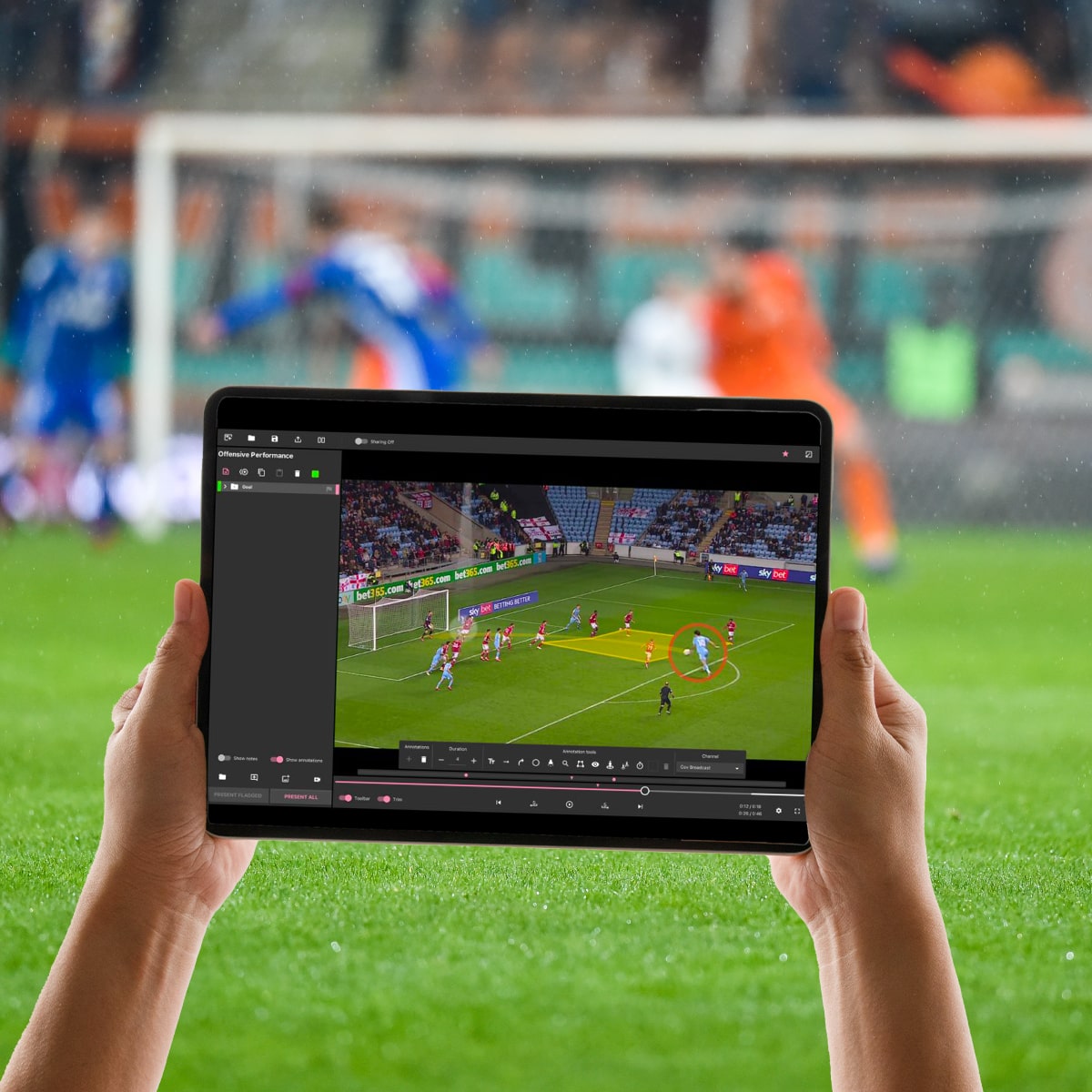
Comprehensive Guides and Resources
For teams looking to further integrate these advanced tools and methodologies, our comprehensive integration guide for the Pro Video Platform is an invaluable resource. This guide offers detailed information on how to use MatchTracker and other tools to enhance tactical analysis and player performance monitoring.
Download The Guide to learn more about integrating MatchTracker into your team’s workflow.
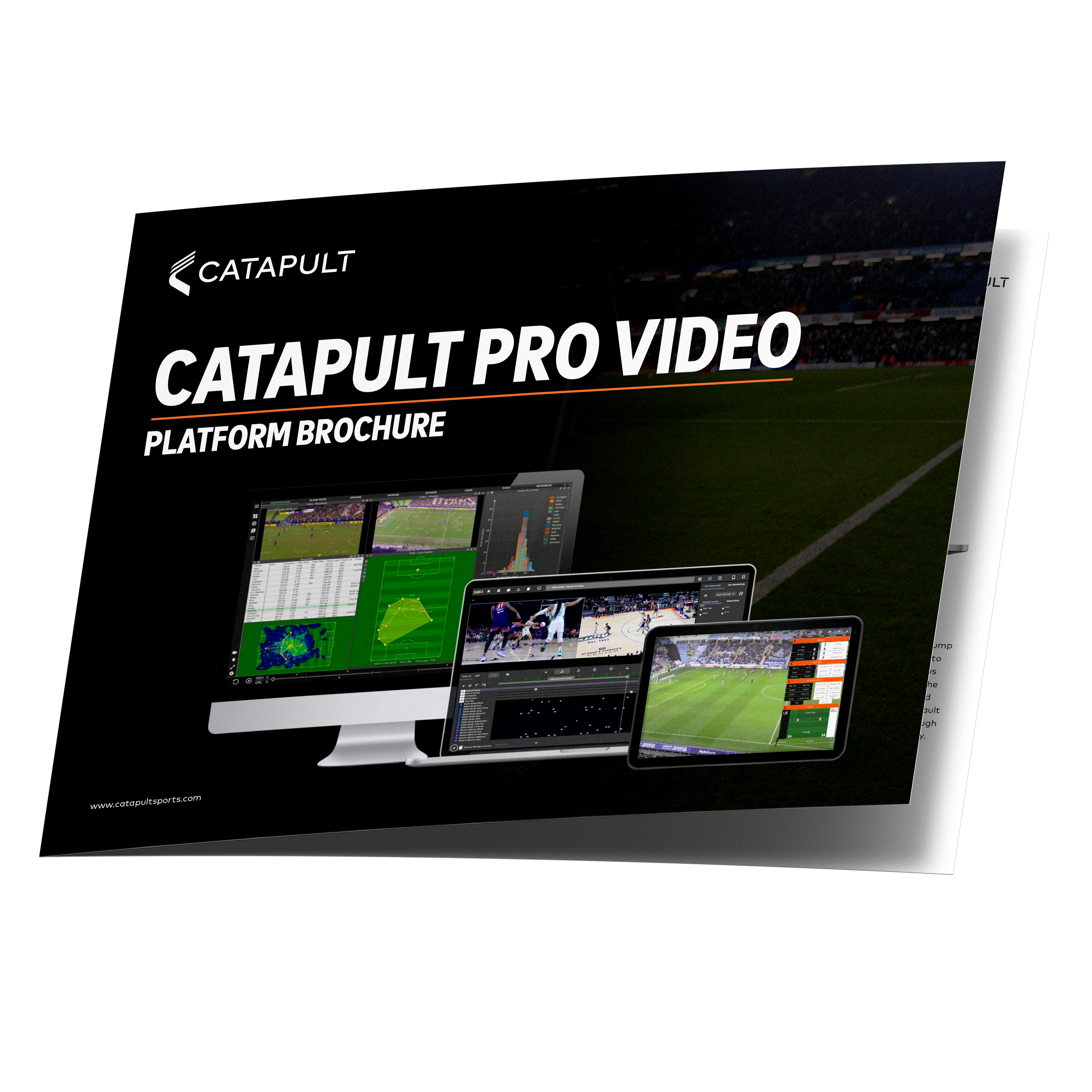
Through these case studies and resources, it is evident that modern tactical analysis, supported by advanced software and detailed video insights, is instrumental in elevating teams to new heights of competitive performance.
Pro Video, the Recommended Tactical Analysis Solution
What is Pro Video and Who is it Designed For?
Pro Video by Catapult represents the new standard in performance analysis software, offering sports video analysis and performance insights that were previously unattainable. This advanced platform is designed for sports teams at all levels who are looking to enhance their tactical and performance analysis capabilities.
With features that support faster video analysis workflows and deliver better sports performance insights, Pro Video is tailored for analysts, coaches, and teams eager to leverage video data for a competitive advantage.
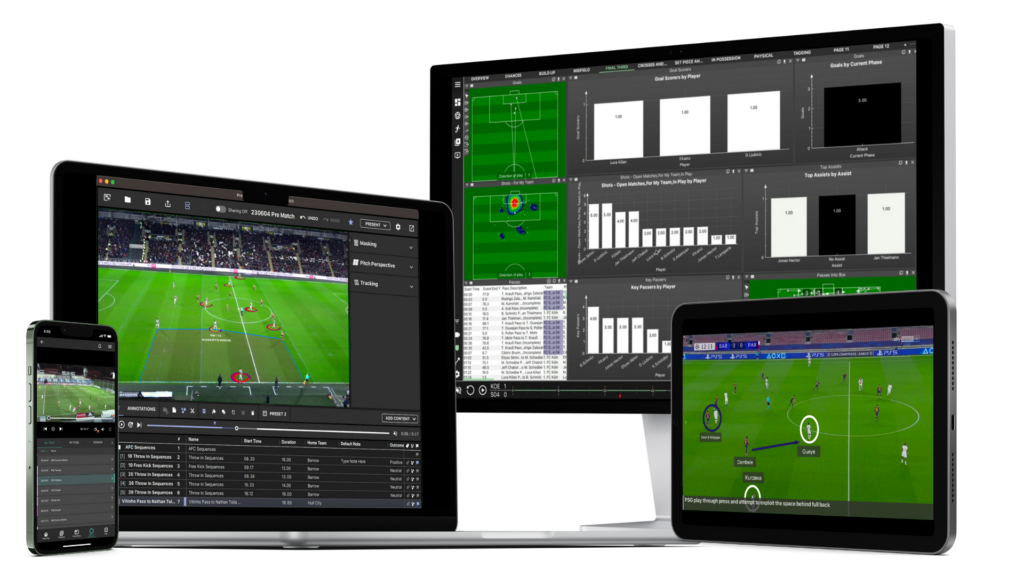
Pro Video integrates every relevant dataset with video, facilitating remote and live collaboration, and includes embedded presentation tools that require no coding expertise. Its capabilities are extensive, encompassing the capture of multi-angle video and data during live games and practices, and the ability to synchronise and live stream video on any device from any location.
Where Can People Get Access to It?
Teams interested in experiencing the transformative effects of Pro Video can access it by filling out a simple form to speak with our team. This initial consultation will help you understand how Pro Video can be tailored to meet your specific needs and enhance your team’s performance analysis efforts.
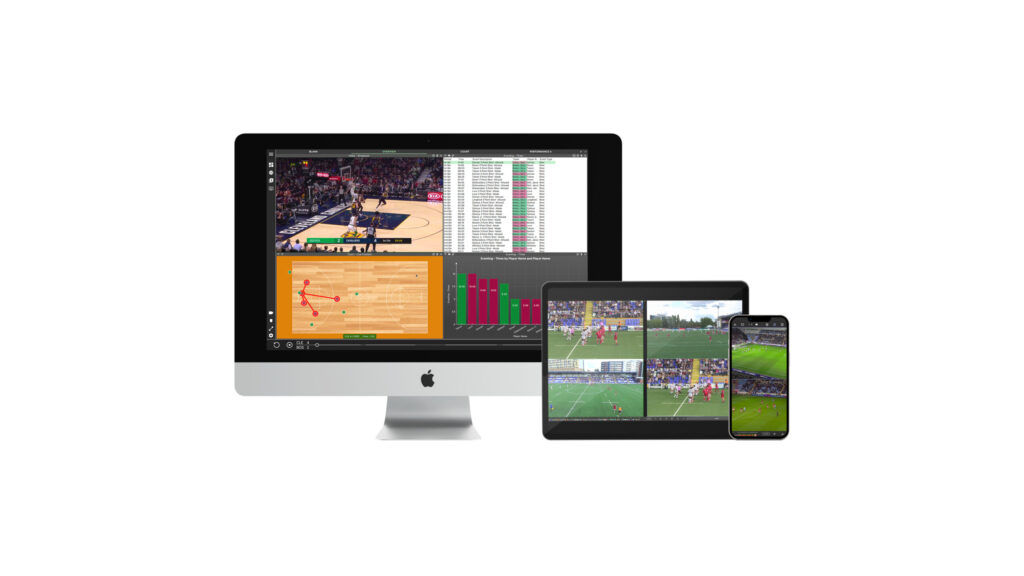
To explore more about Pro Video and see it in action, we encourage teams to request a demo. During the demo, you’ll see firsthand how Pro Video can streamline your analysis workflows, integrate complex datasets, and allow for the creation of high-impact presentations that bring performance insights to life.
Whether you’re looking to capture every moment of gameplay, streamline analysis workflows, or share insights across your organisation, Pro Video provides a comprehensive solution that meets the modern demands of sports analytics. Explore how Pro Video can transform your team’s approach to performance analysis and tactical planning by visiting the Pro Video page today.
Conclusion
Tactical analysis in football has become an indispensable tool in the modern game, offering profound insights that help teams enhance their on-pitch strategies and overall performance. From the fundamentals of tactical analysis, exploring player positioning and formations, to the advanced use of video technology and individual player analysis, it’s clear that understanding and implementing these strategies is crucial for any team aiming to achieve and sustain competitive success.
The ongoing evolution of football strategies demands that teams not only keep up with current trends but also continuously adapt and innovate. Technology, particularly solutions like Pro Video, plays a critical role in this dynamic environment. By enabling teams to analyse performance data and video with greater speed and accuracy, these technological tools provide the insights needed to make informed tactical decisions quickly and effectively.
As football continues to evolve, the integration of sophisticated analytical tools will remain key to deciphering the complexities of the game and staying ahead of the competition. By embracing these advancements, teams can unlock new levels of performance analysis, ensuring that they are always one step ahead in the tactical game of football.